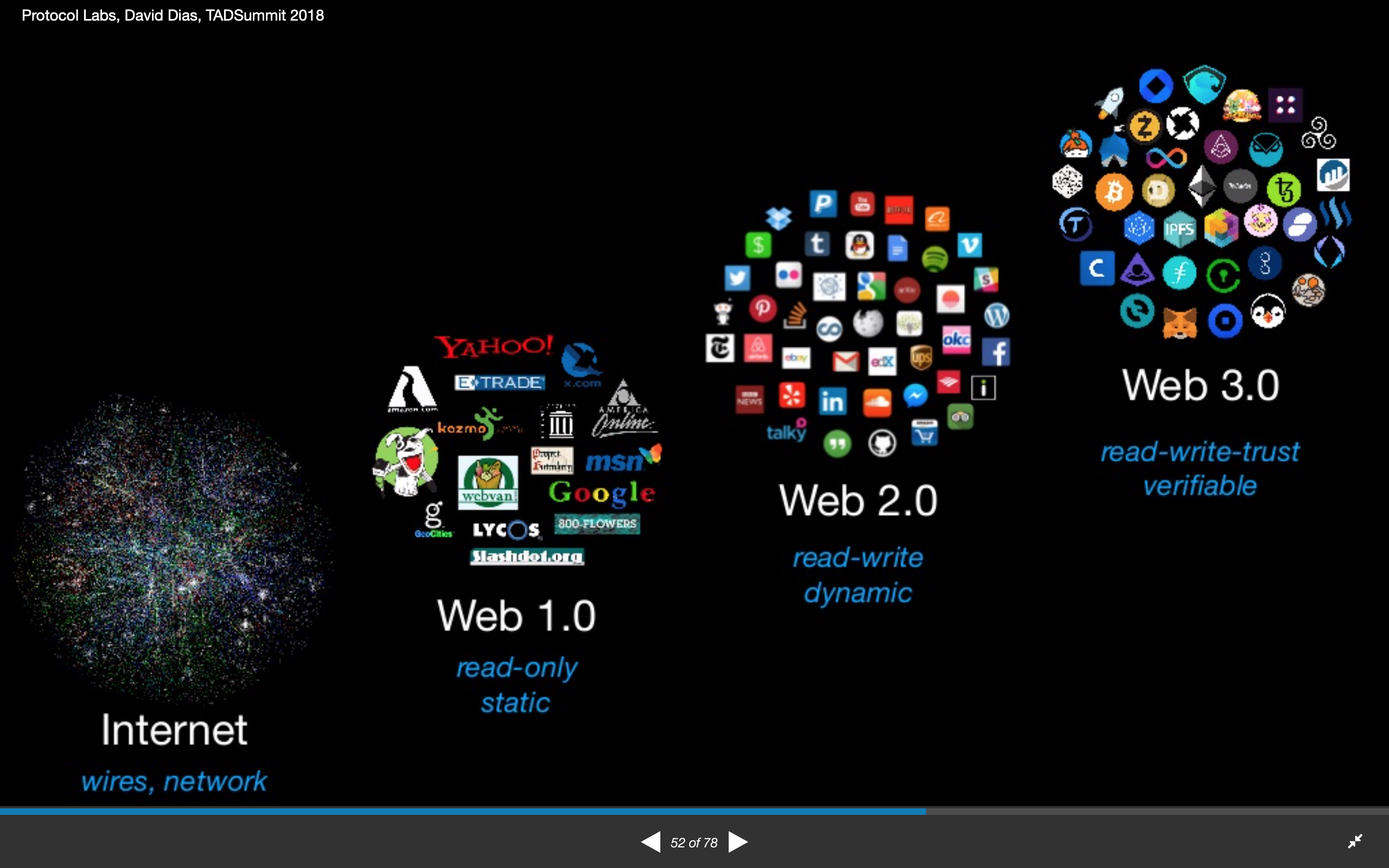
Functional NFTs are changing the ways we interact with each other and the gaming experience. Earlier, NFTs were limited to products but now it’s putting a value on services too. Now with functional NFTs, you can choose to buy an experience rather than a piece of art.
Non-Fungible Tokens (NFTs) have stirred up things in the world of art. While the underlying technology behind NFTs remains simple. They have morphed into multiple applications some of which we shall discuss soon. Traditionally there have been five categories of NFTs: Collectibles, Game Assets, Virtual Land, Crypto Art and Others (including domain names, property titles) etc. Currently, there seems to be another category that has been getting some buzz in the industry. This new player is called “Functional NFTs”.
What are Functional NFTs?
Let’s discuss what Functional NFTs are first. The meaning should be clear from the name itself. NFTs that provide some sort of functionality. It could be a game asset that performs some function. For example, if a game has an avatar as an NFT and it provides certain functionality, then it can be called a Functional NFT. This functionality can be seen as accruing points in a game or giving the player some special power.
Another example can be an NFT created by a restaurant owner. The NFT works as a pass for one person to have dinner on Sunday at the restaurant. Therefore the NFT has some functionality and serves a given purpose. In a similar fashion imagine walking into a club and not having to stand in a line. Well, there can be an NFT for that too. Owning that NFT can give you free access to the club and since you own the NFT, people do not need to check for your ID.
Normal vs Functional NFTs
Moreover, there has been a heated debate about value accrual in normal NFTs vs Functional NFTs. The argument is that non-functional NFTs are easier to make and are sold quickly on the market. Thus acquiring value quickly. In comparison to that Functional NFTs such as in games need to be thought about. It takes time to build a great experience around the basic utility of the functional NFT.
Consequently taking more time to build value. For example, Axie Infinity, a Pokemon-like game that allows players to collect, breed and battle creatures. It was launched in 2018, but it was quite different then from what it is right now. The developer team had multiple iterations to finesse the game experience. Once the gaming experience was finessed, the NFT assets within the game accrued value. The phenomenon is termed as “Promise Effect” which says that an NFT that promises some experience will accrue value slower than a non-functional NFT.
A new type of Functional NFTs
HODL Valley, a new metaverse gaming project is trying to create a tokenized city. One among many of its features is Functional NFT, but these NFTs take it a step too far. HODL Valley contains around 24 different locations, each with a specific function and utility. These locations are connected to DApps which carry out the functionality for users. These locations can be purchased in-app and the revenues generated by them can be taken home by the NFT owner. For example, let’s say a bank has been represented by an NFT. Since it’s connected to a DApp, it can provide lending and borrowing services. As other users in the game play and use the bank. The NFT owner, who is, in turn, the owner of the bank will be able to generate an income stream from it. That is how functional NFTs have been pitched recently.
These functional NFTs are bound to change the way we interact with games and real life. With added functionality, individuals can get a unique experience. It’s not just a token anymore which represents value, it’s a function in itself. If NFTs was money then it was only selling products until now. Now, it has started moving into services too.
Source